Made & Mkt by: Paresh Patel
Product Code: 4544-RB20-16
Patola is an exquisite and wonderfully intricate silk textile of India, believed to have originated in the 7th Century AD. Patola silk textiles are produced by resist dyeing of warp and weft threads before weaving, a complex process known as double ikat which is also practiced in other parts of Indi..
$519.29
Made & Mkt by: Paresh Patel
Product Code: 4544-RB20-15
Patola is an exquisite and wonderfully intricate silk textile of India, believed to have originated in the 7th Century AD. Patola silk textiles are produced by resist dyeing of warp and weft threads before weaving, a complex process known as double ikat which is also practiced in other parts of Indi..
$533.10
Made & Mkt by: KAISORI
Product Code: 3725-KS20-KAIBM002-05
Some wandering rays of an aimless light,Carelessly slipped into my loom the previous night…Their whimsical sparks got woven away,Within the mortal strands too busy at play…My warp was so adulterated with this vagabond burst of lightThat it regularly assumed a halo that blinded sight…When the trance ..
$138.10
Made & Mkt by: Paresh Patel
Product Code: 4544-RB20-13
Patola is an exquisite and wonderfully intricate silk textile of India, believed to have originated in the 7th Century AD. Patola silk textiles are produced by resist dyeing of warp and weft threads before weaving, a complex process known as double ikat which is also practiced in other parts of Indi..
$505.48
Made & Mkt by: Paresh Patel
Product Code: 4544-RB20-12
Patola is an exquisite and wonderfully intricate silk textile of India, believed to have originated in the 7th Century AD. Patola silk textiles are produced by resist dyeing of warp and weft threads before weaving, a complex process known as double ikat which is also practiced in other parts of Indi..
$505.48
Made & Mkt by: Paresh Patel
Product Code: 4544-RB20-09
Patola is an exquisite and wonderfully intricate silk textile of India, believed to have originated in the 7th Century AD. Patola silk textiles are produced by resist dyeing of warp and weft threads before weaving, a complex process known as double ikat which is also practiced in other parts of Indi..
$513.81
Made & Mkt by: Paresh Patel
Product Code: 4544-RB20-08
Patola is an exquisite and wonderfully intricate silk textile of India, believed to have originated in the 7th Century AD. Patola silk textiles are produced by resist dyeing of warp and weft threads before weaving, a complex process known as double ikat which is also practiced in other parts of Indi..
$527.62
Made & Mkt by: Paresh Patel
Product Code: 4544-RB20-11
Patola is an exquisite and wonderfully intricate silk textile of India, believed to have originated in the 7th Century AD. Patola silk textiles are produced by resist dyeing of warp and weft threads before weaving, a complex process known as double ikat which is also practiced in other parts of Indi..
$574.74
Made & Mkt by: Paresh Patel
Product Code: 4544-RB20-10
Patola is an exquisite and wonderfully intricate silk textile of India, believed to have originated in the 7th Century AD. Patola silk textiles are produced by resist dyeing of warp and weft threads before weaving, a complex process known as double ikat which is also practiced in other parts of Indi..
$513.81
Made & Mkt by: Paresh Patel
Product Code: 4544-RB20-07
Patola is an exquisite and wonderfully intricate silk textile of India, believed to have originated in the 7th Century AD. Patola silk textiles are produced by resist dyeing of warp and weft threads before weaving, a complex process known as double ikat which is also practiced in other parts of Indi..
$533.10
Made & Mkt by: Paresh Patel
Product Code: 4544-RB20-06
Patola is an exquisite and wonderfully intricate silk textile of India, believed to have originated in the 7th Century AD. Patola silk textiles are produced by resist dyeing of warp and weft threads before weaving, a complex process known as double ikat which is also practiced in other parts of Indi..
$505.48
Made & Mkt by: Paresh Patel
Product Code: 4544-RB20-05
Patola is an exquisite and wonderfully intricate silk textile of India, believed to have originated in the 7th Century AD. Patola silk textiles are produced by resist dyeing of warp and weft threads before weaving, a complex process known as double ikat which is also practiced in other parts of Indi..
$519.29









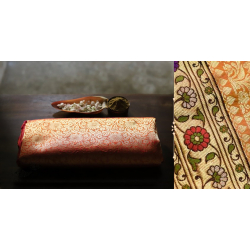
-250x250w.jpg)
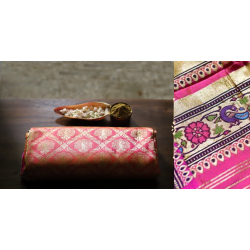
-250x250w.jpg)
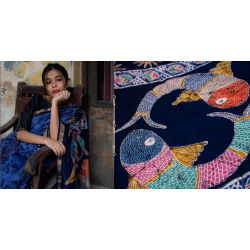

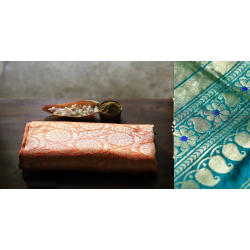
-250x250w.jpg)
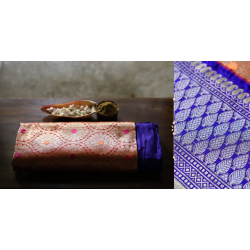
-250x250w.jpg)
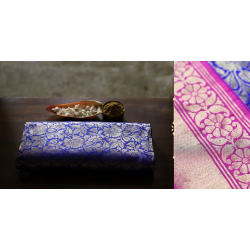
-250x250w.jpg)
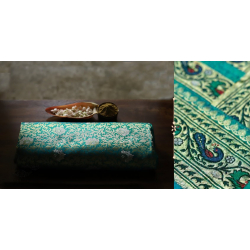
-250x250w.jpg)
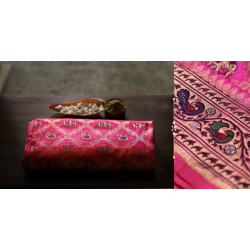
-250x250w.jpg)

-250x250w.jpg)
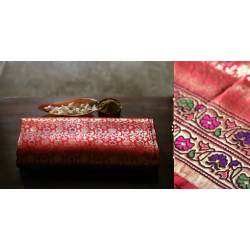
-250x250w.jpg)
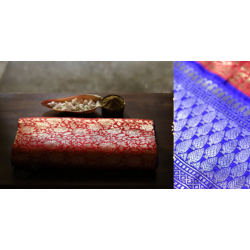
-250x250w.jpg)
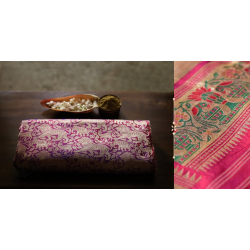
-250x250w.jpg)